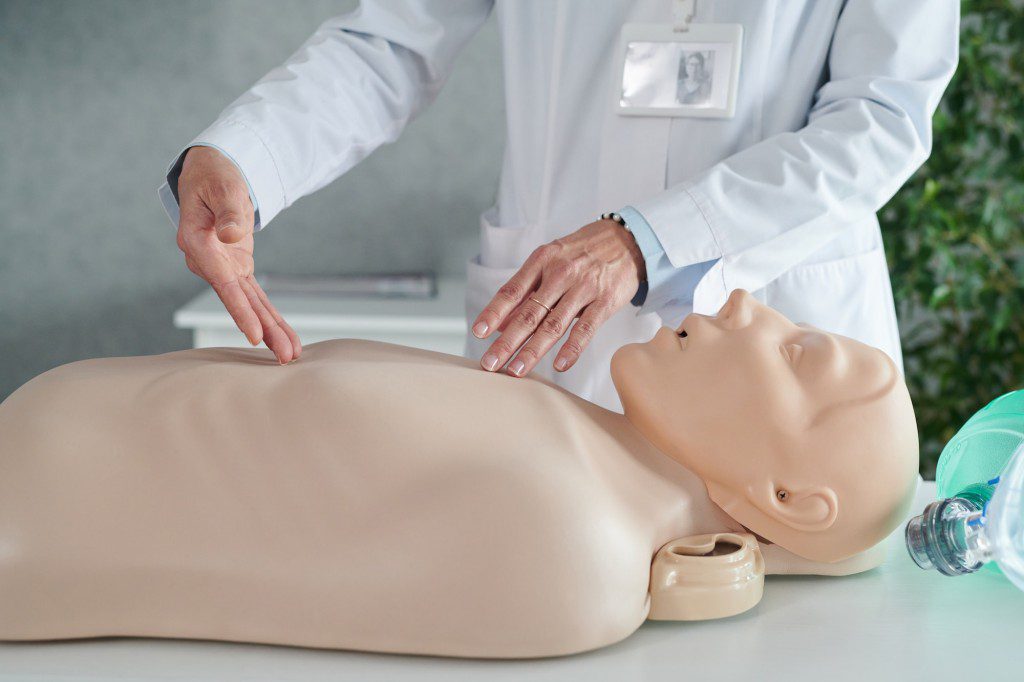
For adults who have suffered a cardiac arrest, compression-only or cardio-cerebral resuscitation is the preferred method of treatment. This type of CPR is easier to perform and requires no artificial ventilation. In adults who have out-of-hospital cardiac arrests, the rate of success in performing CPR by the lay public is equal to that of standard CPR. It is hoped that this method will increase the chances of the public delivering effective and efficient CPR.
It’s also not ideal for children who are prone to experiencing cardiac arrest due to respiratory issues. Two studies have found that doing compression-only CPR did not improve their chances of survival.
A study conducted on children revealed that either 30:2 or 15:2 compressions to breaths were better than 30:2. For adults, chest compressions should be given at a rate of one hundred per minute. In certain cases, such as drug overdose or drowning, it’s also recommended to use rescue breaths if the bystander is trained.
According to the AHA, the Bee Gees’ “Stayin’ Alive” can provide an ideal rhythm of 104 beats per minute for hands-only CPR. The group also noted that Queen’s “Another one Bites The Dust” can provide a similar rhythm. For individuals who are suffering from cardiac arrest due to a non-heart related cause, doing standard CPR is more effective.
